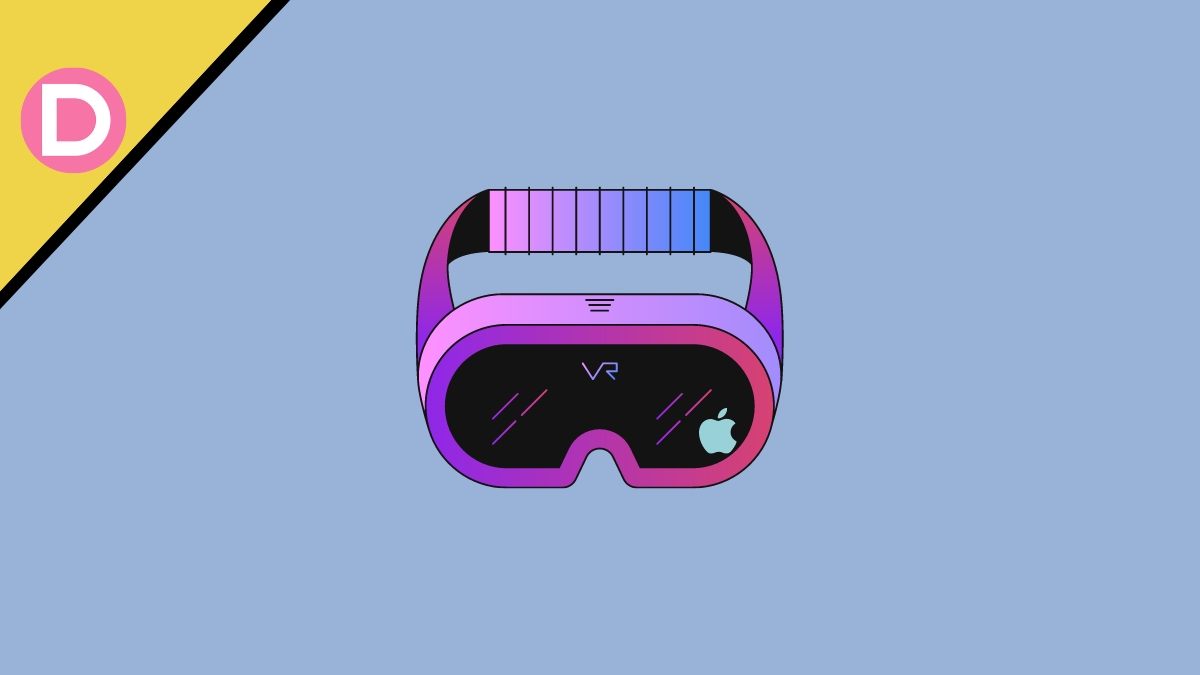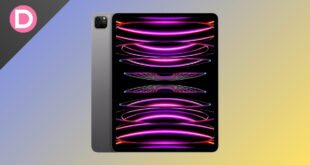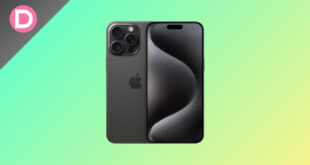Predicting future technology is never easy, but as smartphones approach an inevitable roadblock in sales and innovation, everyone’s in search of the next big thing.
Larger camera sensors, more zoom, higher resolution screens, better foldable phones, and solid-state batteries are the only remaining advancements that could be made to smartphones soon. Until rollable phones are widely launched, the market seems to stagnate. Virtual Reality is a reliable indicator of where we’re going.
Virtual Reality and Augmented Reality are two completely different concepts. Augmented Reality adds to an existing real-world scene and can add more to a non-existent virtual scene.
Augmented Reality does not require heavy and expensive headsets. Virtual Reality, on the other hand, simulates a mostly software-based and entirely fictional world. VR replaces the real world with a fictional one.
Mixed Reality is a mixture of the two, adding virtual elements to the real world while not wholly immersed in a fictional one. While it’s unclear what Apple plans to use with its headset, we can assume it’s either Virtual Reality or Mixed Reality.
Moving to the existing key competitors in the reality headset market, we’ve got Oculus’s headsets, which are products from Meta and some from HTC and Sony. The current Meta Quest Pro has a 1080P resolution and appears pixelated since it sits right in front of the eyes.
The Quest 2 has about 800 PPI, which does not look promising either. Apple’s focus might primarily rest on making the displays better. According to early rumors, we might see high-resolution 4K displays.
Apple VR/AR Headset Expected Details
1. The Display
To stay a notch above the competition, we might see 4K screens with around 3000 Pixels Per Inch, and since this sits right in front of your eyes, that’s probably going to look sharp, way better than Meta’s offerings and Sony’s PSVR2. The goal is to make it look close to what you see in real life. Some
While some rumors mention OLED technology, there’s also a possibility that Micro LED displays might be used. They are expensive to manufacture, which might significantly increase the product cost. Some sketchy sources report 8K rendering, which is quite unlikely for a first-generation product.
To manufacture such displays, Apple will most likely sign contracts with various companies like Samsung and LG, but there are strong rumors of Sony supplying these displays for Apple.
Some reports say that only the third display will be OLED, and it’ll be a lower resolution and quality display that’s only used to enhance peripheral vision.
12 or 15 cameras aided by augmented depth sensing are rumored to track your movements. The use of IRIS scanning to track your eye movements is a significant possibility; all this is supposed to happen in real time!
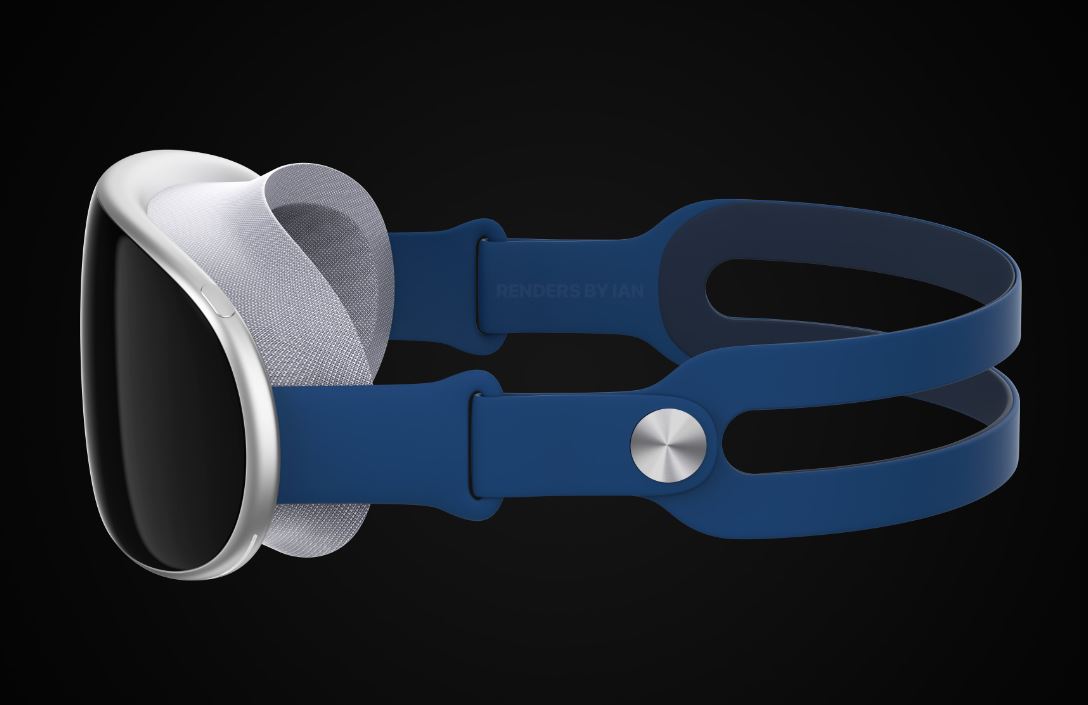
2. How will Apple approach Virtual Reality?
So far, we’ve seen Apple win many patents related to AR and VR. Apple has also hired several engineers, whom they call AR/VR system framework engineers, to boost momentum in this field.
While it’s unclear what Apple will name the operating system for these headsets, many people assume it’ll be called Reality OS. Apple’s competing virtual reality arena might be called the Apple Verse. Recently, Mark Gurman reported that the name has changed to xrOS. Since none of this is confirmed, take this info with a healthy dose of skepticism.
An App Store dedicated to virtual Reality might be in the works, too, with productivity-centric apps optimized to take advantage of the headsets. The iWork Suite (Pages, Numbers, and Keynote) might get exclusive features. They might have dynamic sonic drives to enable spatial audio, too.
Apple is known to work with developers for hyper-optimized apps, so we can expect them to do that for VR, too. Fitness workouts paired with Virtual Reality are a possibility. Apple Arcade might evolve into virtual reality gaming. With Apple TV, you might be able to watch TV shows and experience those worlds or look at them from a first-person point of view.
Apple Music might have superb graphics and animations to depict your favorite singer performing the song live or even mimicking a concert. The possibilities are endless.
To enhance multitasking, we might see features like virtual meeting places, virtual monitors that you can use in real time, etc. Some of this can already be done. You can already use AR on Apple’s official site to place devices on tables; if you get it right, it looks uncannily lifelike.
In 2020, Apple put a LiDAR scanner on their Pro iPhones, indicating they were spending time on Virtual Reality at their Research & Development labs. Once LiDAR technology is perfected, it might be a key selling point when they eventually release their headset.
The main problem with most of these VR headsets from Meta and Sony is battery life. They conk out within two or sometimes even 1 hour of use, which is not even close to promising if the future is supposed to be a highly immersive virtual world.
Apple might solve this problem with better software & hardware integration, but that remains to be seen. Battery seems to be the primary barrier to the mass adoption of VR, aside from the sky-high prices.
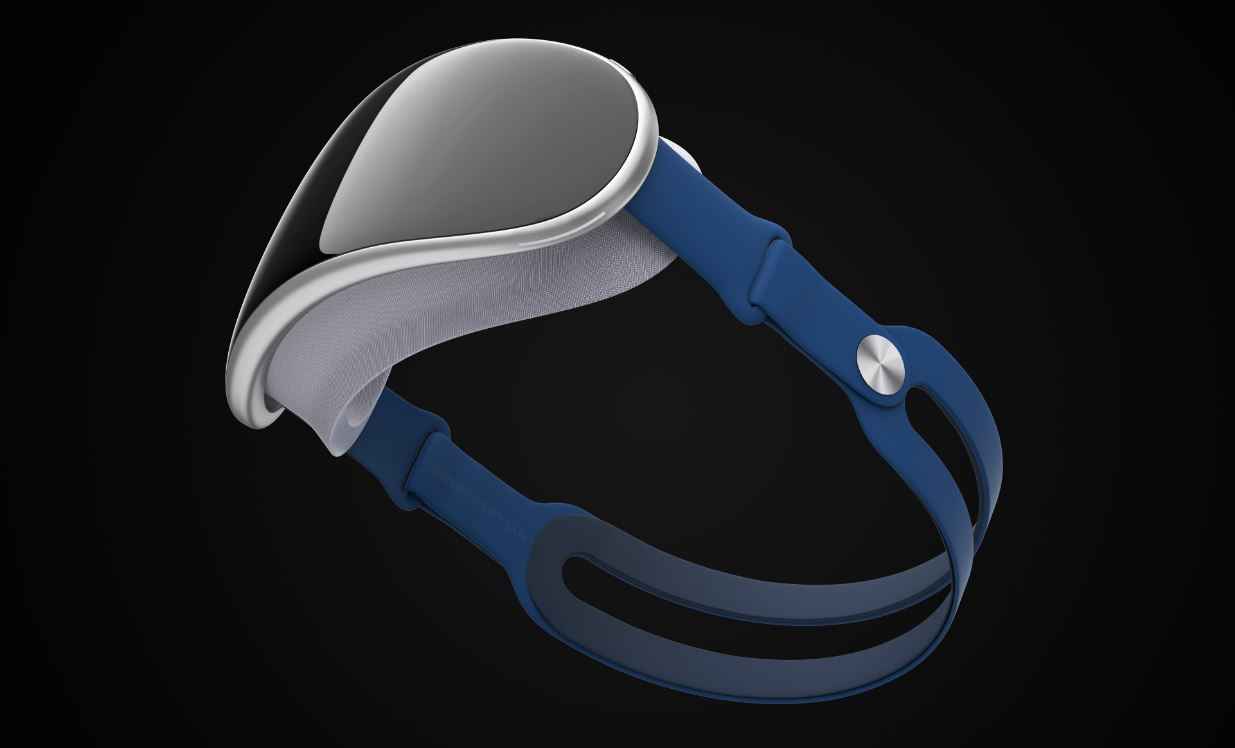
3. Which Chipset will power the Apple VR/AR headset?
Famous leaker Ming-Chi Kuo reports that it will be powered by a custom-made Apple Silicon Chip similar in power to the M1, but newer reports convey that a modified M2 chip will be used. It might require an iPhone to be fully functional, similar to the Apple Watch.
This chip will collect and analyze data from all the cameras and the various sensors to accurately predict depth and distance three-dimensionally in real time. While it might seem like too much power for a headset, it might be necessary to perform all the arithmetic and logical calculations in real time with 4K displays or 8K ones.
Battery life will probably be a focus for the second generation of this product, but 96W fast charging is rumored for the first gen, and it will at least have 256GB of internal storage and 8 or 16GB of RAM. It allegedly supports a newer Wi-Fi 6E standard, but the latest is Wi-Fi 7, so we hope it supports that, too.
4. Design
Apple’s design choices are highly controversial. Their MacBooks and some iPhones have notches that interrupt content, but they do stand apart in a crowd of other phones and laptops. Dynamic Island is unique to look at. We can expect a divisive and polarising design for the headset, too. We can expect it to look like a futuristic pair of Ski Goggles.
There’s no predicting how the design will turn out since it’s still months away from mass production. The first generation will primarily be an Oculus/Meta-style headset with some design elements from the AirPods Max. The weight will probably sit around the 300-400g mark.
Several patents were filed before that emphasized various adjustment areas, so comfort is a high priority, along with even weight distribution. It will have a premium touch with swappable design elements, similar to how bands can be swapped on smartwatches.
What’s in development right now?
Development for this ramped up in 2022, and test units are already being demoed at research labs. A headset code-named M301 will probably be the first one that’s announced. This will be focused on early adopters, enthusiasts, and the business class.
This is said to be based entirely on Virtual Reality and will probably sell at high price tags. As a first-generation product, we cannot expect it to fly off shelves and solve all the problems with VR.
The following product under development is code-named N602, which will be a much cheaper version with a probably lighter design ready for public adoption. It’s unclear whether this will be based on Mixed Reality or Virtual Reality. It’s expected that the higher-end headset will continue to receive subsequent successors.
Finally, product N421, the cheapest of the lot, will be focused only on Augmented Reality and might serve as an entry-level product into xrOS/ The Apple Verse. It might be launched as a budget-friendly SE model. N421 might not be a headset; it could also be a pair of glasses.
Eventually, the goal is to eliminate the headset and replace the highest-end model with a simple pair of glasses that does Mixed Reality at a price that’s not too ridiculous for mass adoption. That’s several years away.
Once the technology fully matures, Apple might work on fitting it into small contact lenses to experience Mixed/ Virtual Reality without wearing anything. However, this is over ten years away, and there will be several hiccups. We’ll keep you updated on all the latest developments.
The path they’re taking at the moment seems pretty straightforward. They’ll focus on early adopters and enthusiasts first and then shift to a more mainstream crowd. The second generation product will primarily be lighter and have a more industrial design with better weight distribution and battery life than the first.
Once many have adopted this, they probably plan to release a budget model to let people enter the Apple Virtual Reality Ecosystem, which, just like their current ecosystem, might feature several lock-in mechanisms to keep you in there.
Potential Roadblocks
While being engaged in a virtual fantasy world is fascinating, several roadblocks might come your way. Primarily, health concerns from being engrossed in front of a screen that emits blue light for several long hours might pose health concerns, though we hope there is a solution.
Eye strain, dizziness, loss of proper focus of your eyes, etc., have already been health experts’ concerns just from the limited time we spent with VR devices.
Besides that, AI isn’t always right, and bugs or glitches in the virtual world might impact your life significantly in the real world if you live in a mixed-reality setup.
Another significant disadvantage of wearing a headset that surrounds you is losing sight of your surroundings. This can have disastrous implications if one is not careful outdoors and indoors.
If the costs remain out of reach for the average crowd and they decide to stick to smartphones over VR, it might even fail to hit mass adoption, which is not good news. The size of VR headsets needs to be reduced, but technical limitations might make progress slow, assuming we don’t hit the roof with thermals and graphical capabilities.
When can we expect the Apple AR/VR Headset to be released?
- The Apple VR/AR Headset will likely be released in June 2023 at the WWDC event, which is expected to take place on Monday, June 5, 2023.
Bloomberg’s Mark Gurman said that Apple plans to announce its upcoming AR/VR headset in June 2023 instead of April. The reason for the delay is there are still hardware and software issues that need to be fixed. However, it will go on sale later in the fall of 2023.
Ming-Chi Kuo reported that the project had been temporarily postponed due to software issues. While shipments were initially supposed to happen in Q2 2023, this information about software trouble means that the Apple VR Headset might be postponed to the second half of 2023.
(1/3)
Apple's AR/MR headset development is behind schedule due to issues with mechanical component drop testing and the availability of software development tools, meaning that mass shipment of this device may postpone from the original 2Q23 to the end of 2Q23 or 3Q23. https://t.co/YitWBWxbRI— 郭明錤 (Ming-Chi Kuo) (@mingchikuo) January 6, 2023
So, there is a good possibility of an announcement at WWDC 2023 if the unspecified software woes are fixed. WWDC is also an excellent time to open up their SDK and give developers APIs.
Apple VR/AR Headset Expected Price
- The Apple VR/AR Headset will likely be priced at $2499.
The pricing for the first model is expected to be between $2000 and 3000$, so people don’t expect more than 500,000 units to be shipped in 2023. The later models announced in subsequent years might be priced lower, making them more accessible to a broader pool of people.
Apple eventually plans to replace the iPhone with VR or MR in the next ten years, and it should be an exciting ride in the coming few years for technology.
This live article will be periodically updated with the latest news about the Apple VR headset.
